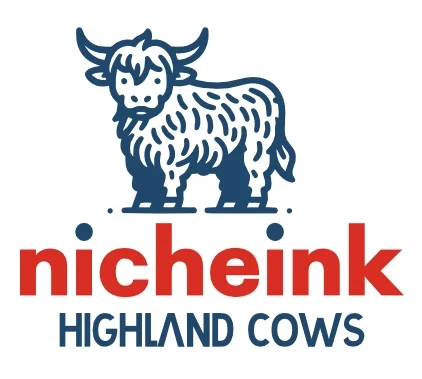Welcome to our blog post all about Highland Cows and their environments Woolly fields! Highland cows, also known as Scottish Highland cattle, are a unique breed known for their distinctive shaggy coats and majestic appearance. Apart from being adorable, these cows play an essential role in maintaining the biodiversity and health of their ecosystems.
The Natural Habitat of Highland Cows
Highland cows are well-suited to rugged terrains and harsh climates. They can be found grazing in the hilly and mountainous regions of Scotland, where their long, shaggy hair protects them from the harsh weather conditions. Their natural habitat includes lush green pastures, rocky slopes, and moorlands, making them a vital part of the landscape.
Woolly Fields and Their Importance
Highland cows graze on grasses, herbs, and shrubs, which helps maintain the biodiversity of their surroundings. Their grazing patterns promote healthy growth of vegetation, prevent soil erosion, and create a diverse habitat for other species. The fields where Highland cows roam are often referred to as “woolly fields,” showcasing the beauty and uniqueness of these landscapes.
Conservation Efforts and Sustainable Farming
Preserving the natural habitat of Highland cows is crucial for their well-being and the overall ecosystem. Many farmers practice sustainable farming methods to support the conservation of these iconic animals and their woolly fields. By protecting their environment, we can ensure a sustainable future for both Highland cows and the diverse wildlife that call these landscapes home.
In Summary
Highland cows and their environments, known as woolly fields, are not only picturesque but also essential for maintaining ecological balance. By appreciating and preserving the habitats of these unique animals, we can contribute to the conservation of biodiversity and ensure a harmonious relationship between nature and agriculture.

